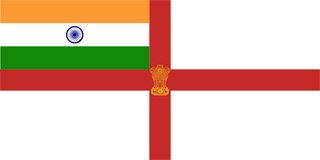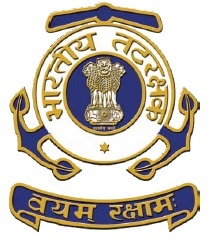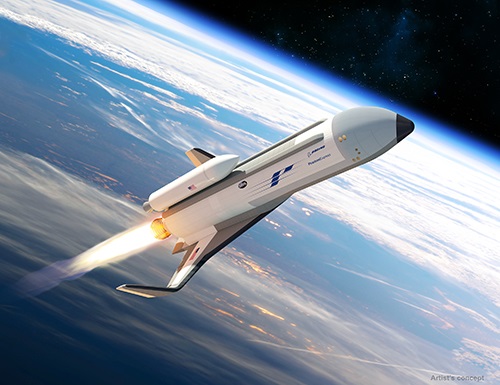
A file photo.
NEW DELHI (PTI): Four players have shown an interest in providing the Navy with 57 multi-role combat fighter jets for its aircraft carrier, Indian Navy chief Sunil Lanba said on Wednesday.
The chief of naval staff also said the Scorpene submarine Kalvari is going through its final phase of trials and should be delivered by July-August.
Having rejected indigenously built 'Tejas' as too heavy, the Indian Navy in January issued a Request for Information to procure 57 multi-role combat aircraft for its carrier.
"The Navy has got response from four players for the RFI.
We will examine the RFI and take it forward," Lanba said on the sidelines of a seminar organised by FICCI on 'Building India's Future Navy Technology Imperatives'.
He, however, did not disclose the name of the companies which have shown interest in the proposal.
At present, the Navy operates 45 MIG-29K jets which face serviceability issues from time to time.
Currently, six planes are compatible for aircraft carrier. They are Rafale (Dassault, France), F-18 Super Hornet (Boeing, US), MIG-29K (Russia), F-35B and F-35C (Lockheed Martin, US) and Gripen (Saab, Sweden).
While F-18, Rafale and MIG-29K are twin engine jets, the remaining three have single engine.
The delivery of deck based fighter jets is expected to take four-five years.
The indigenously built aircraft-carrier Vikrant should complete trials in 2019. It was likely to be commissioned by 2020, Lanba said.
When asked about the recently approved Strategic Partnership (SP) model under which select private firms will be engaged to build military platforms like submarines and battle helicopters, Lanba said the next step would be to identify strategic partners.
"All three service chiefs will have to go and get the AONs (Acceptance of Necessity) on what we want to be built through strategic partners, so that partners in each segment can be identified.
"We are hopeful that we should be able to move this process in next six months," he said.
Four segments -- submarines, fighter aircraft, helicopters and armoured carriers/main battle tanks -- were identified under the new policy, aimed at attracting billions of dollars of investment in defence manufacturing by private defence majors including leading foreign firms.
At the inauguration of the seminar, Lanba stated that the Navy has taken giant strides in the field of indigenous ship design and construction and has made a transition from being a 'buyer' to being a 'builder'.
He, however, stated that despite the achievements in indigenous shipbuilding, the Navy continues to be dependent on external assistance for niche technologies.
"An important aspect in attaining 100 per cent self- reliance in ship design and construction, therefore, is the indigenous development of high-end technologies, their transition into shipborne equipment and systems, induction into service and standardisation," he said.
Holding that self-reliance in defence production is a vital pre-requisite for achieving greater strategic autonomy, Lanba said it is no easy task and would require dedicated efforts by researchers, designers and manufacturers.
Lanba highlighted the three primary requirements that need to be met while inducting a technology or a product affordability, timely delivery and performance.
To these primary imperatives, the Navy Chief went on to add a fourth dimension that of life cycle sustenance by providing seamless technical support and making the technology future proof.
He stated that this aspect is most vital for building a navy of the future and the support of the industry therefore extends well beyond just supply to life cycle product support.
 Previous Article
Previous Article Next Article
Next Article













The Indian Air Force, in its flight trials evaluation report submitted before the Defence Ministry l..
view articleAn insight into the Medium Multi-Role Combat Aircraft competition...
view articleSky enthusiasts can now spot the International Space Station (ISS) commanded by Indian-American astr..
view article